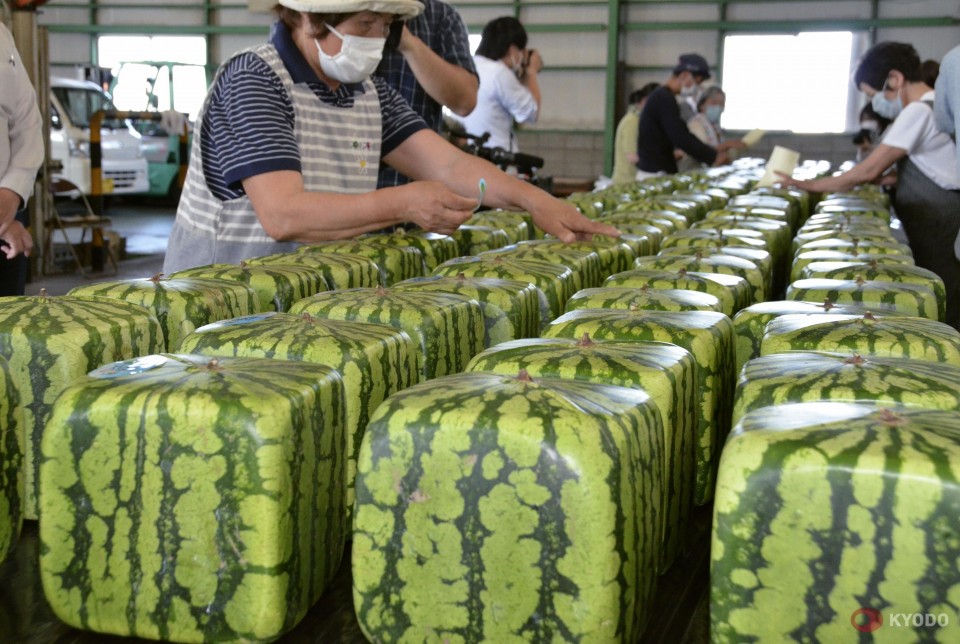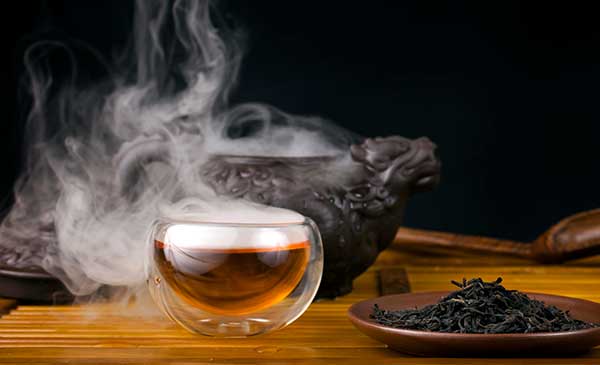Now Reading: Japan’s $200 Square Watermelon—Why People Buy Them
-
01
Japan’s $200 Square Watermelon—Why People Buy Them
Japan’s $200 Square Watermelon—Why People Buy Them

In Japan, watermelons are not always round. For decades, farmers have been growing square-shaped watermelons that sell for astonishing prices—sometimes up to $200 apiece. While many wonder why anyone would spend so much on a fruit, the answer lies not just in taste but in culture, gifting traditions, and the art of farming that Japan has perfected over the years.
How the Shape Came About
The square watermelon was first developed in the 1960s in Kagawa Prefecture. Farmers placed young watermelons inside glass or acrylic boxes, forcing them to grow into a cube. The idea was partly practical—square fruits are easier to stack and store in small refrigerators, which are common in Japanese homes. Over time, however, the uniqueness of the shape made it more of a novelty item than a household fruit.
More Gift Than Food
In Japan, gifting high-quality fruits is a long-standing tradition. Melons, mangoes, and now square watermelons are often given as presents during festivals or business exchanges. The price is less about the taste—it is usually the same as a regular watermelon—and more about the visual appeal and the effort required to grow them. For many buyers, owning or gifting a square watermelon is a matter of prestige.
Limited Supply, High Demand
Growing a square watermelon is labor-intensive, requiring constant care to ensure the fruit grows evenly into the cube shape without cracking. Farmers produce only a small number each year, which drives up the price further. Unlike regular watermelons sold for eating, many square watermelons are purchased simply as decorative items. Some buyers even keep them on display rather than cutting them open.
What Indians Can Relate To
For people in Tier 2 cities across India, the concept may feel unusual, but the idea of paying more for presentation or rarity is not new. Just as Alphonso mangoes or Kashmiri saffron are seen as premium purchases here, Japan treats its rare fruits as symbols of status and tradition. The price reflects more than the fruit—it reflects craftsmanship and cultural values.
More Than Just a Fruit
The $200 square watermelon is less about satisfying hunger and more about what it represents—innovation, exclusivity, and respect in gifting culture. While most Japanese people still buy regular watermelons for daily eating, the square version has carved its place as a luxury symbol. It stands as a reminder that food, in many societies, can be as much about meaning as it is about taste

























